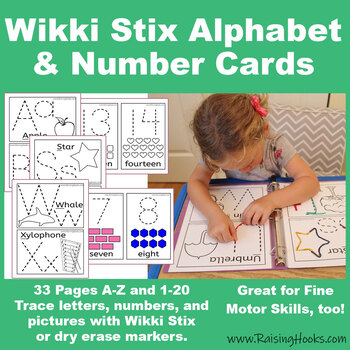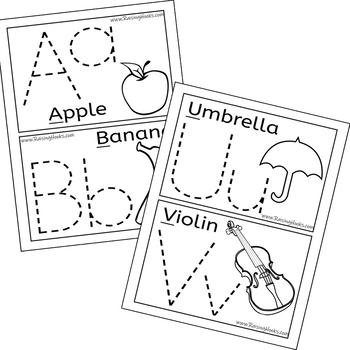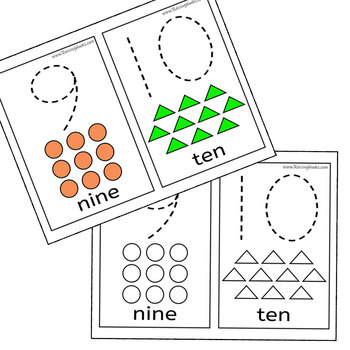Alphabet and 1-20 Cards - Tracing, Flash Cards, Reading, Counting
- Zip
Products in this Bundle (2)
Description
Your students will love this set of alphabet and number cards. 33 printable pages included.
Can be used as:
- centers
- time fillers
- flash cards
- occupational therapy activities
- writing practice
- fast finisher work
- sub plan extras
Alphabet Cards:
A-Z - Each card size is one half of a standard piece of paper
Each card has a traceable letter (upper-case and lower-case), a picture to teach beginning sounds and a word starting with the letter.
Here's a post on how we use our Wikki Stix Alphabet Cards:
Number Cards:
1-20 Black and white
1-20 Colored
Each card size is one half of a standard piece of paper
Great for teaching counting, cardinality, shape recognition, number identification, flash cards, etc.
Laminate or slip into a plastic sleeve for re-usability. Trace letters and numbers with Wikki Stix or a dry erase marker. You can keep these in a 3 ring binder for organization.





